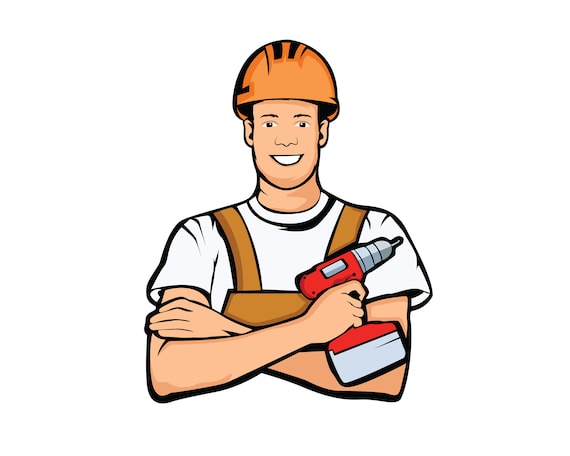When embarking on DIY house renovation tasks, security must be a top concern. Home improvement can be an exciting and rewarding experience, but it also presents various risks. Wearing the appropriate safety gear is essential to safeguarding yourself from potential injuries. This guide outlines essential safety equipment that needs to be used during home renovation tasks to ensure a safer workspace.
Primarily, ocular safeguarding is vital. Protective eyewear or spectacles can shield the eyes from airborne debris, grit, and dangerous materials that may be present during renovations. Whether cutting wood, polishing workpieces, or handling with solutions, having proper ocular defense significantly reduces the chance of eye damage. It is important to select protective glasses that meets protection standards and sits comfortably to guarantee they are worn consistently during the project.

Additionally, using hearing safeguards can assist in safeguard against hearing damage. Many home renovation tasks require high-decibel tools, such as electric saws and drills, which can generate damaging sound intensity. Wearing earmuffs or earplugs can protect hearing while allowing one to focus on the work at hand. Extended contact to intense noises can lead to permanent hearing loss, so investing in good-quality ear protection is a wise choice for anyone undertaking do-it-yourself jobs.
Breathing protection is another essential aspect of safeguarding yourself during remodeling. Dust, mold, and fumes from paints or thinners can present significant wellness hazards if breathed in. Using a protective mask or dust mask intended for construction can remove dangerous contaminants and maintain respiratory systems safe from pollutants. It is particularly important when working in poorly ventilated areas or when dealing with materials known to produce toxic debris or vapors.
Along with these safety gear, using suitable apparel and footwear is essential for safety. Sturdy work boots with slip-resistant treads shield footwear from weighty objects that may fall or roll during renovations. Long sleeves and gloves made of durable fabrics assist in shielding against lacerations and abrasions while operating with sharp equipment or coarse surfaces. Choosing clothing that allows for easy movement while still providing coverage is key to ensuring ease and security on the job site.
Lastly, having a first aid kit readily available is an essential precaution during every home renovation project. Accidents can occur even with the most reliable protective equipment in use, so maintaining readiness is crucial. A properly equipped first aid kit should include dressings, antiseptic wipes, pain relievers, and other basic first aid items for addressing small injuries quickly. Knowing how to apply these resources properly can create a notable difference in handling unexpected situations securely.
To sum up, ensuring article individual safety during DIY home renovation tasks necessitates the use of essential protective equipment. Eye protection, hearing safeguards, breathing protection, suitable clothing, and a first aid kit are all critical elements of a secure work environment. By prioritizing protection and maintaining readiness with the right gear, individuals can enjoy their home improvement projects while reducing the risk of injury.